HUNDREDS OF SCHOOLS TARGET 19,000 STUDENTS
According to data from the Ho Chi Minh City Department of Education and Training, this year Ho Chi Minh City is expected to have 88,772 students graduating from grade 9 taking the grade 10 exam, a decrease of nearly 29,000 students compared to the previous school year. Based on the physical facilities of high schools and the demand for public grade 10, this year the enrollment target for public grade 10 is about 70,000 students, accounting for about 78.8%.
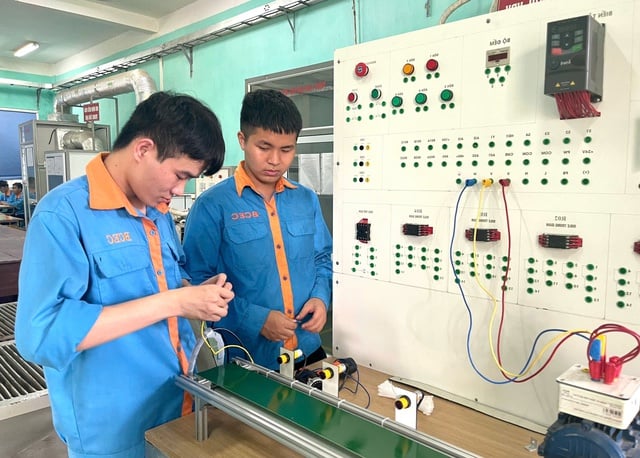
Colleges and secondary schools seek many solutions to increase recruitment sources.
PHOTO: MY QUYEN
Meanwhile, in the 2023-2024 school year, there will be 114,601 students graduating from grade 9, while the target for public grade 10 is 76,735, accounting for 67%.
Thus, if in 2024 there were 37,866 students who did not enter public grade 10 and went to non-public high schools, vocational schools, and continuingeducation centers, this year there will only be nearly 19,000 students.
Ho Chi Minh City currently has nearly 100 non-public high schools, not to mention hundreds of continuing education centers and colleges and intermediate schools that are also enrolling junior high school graduates.
Mr. Nguyen Duc Phuong, Head of the Department of Vocational Education and Continuing Education, Department of Education and Training of Lam Dong province, said that in the past few years, the quota for entering public grade 10 in the province is approximately 80% of the total of more than 22,000 students. In addition, 6.6% of students enter non-public boarding schools for ethnic minorities, specialized schools and high schools.
The recruitment source for vocational schools in the area is only over 13%, about 2,900 students. Meanwhile, the whole province has 4 colleges and 2 secondary schools, not to mention dozens of vocational education and continuing education centers.
Ms. Tran Thi Ngoc Chau, Director of the Department of Education and Training of Ba Ria-Vung Tau province, commented that students and parents still want to study 10th grade to continue to university, so the number of students who proactively decide to study a profession right after junior high school is not much. The target for public 10th grade in the province in 2024 is 13,671 students, accounting for 70%, this year the rate is also similar.
FIND WAYS TO INCREASE RECRUITMENT SOURCES FROM OTHER SUBJECTS
Master Tran Phuong, Principal of Viet Giao Secondary School, said: "80% of junior high school graduates study full-time secondary school at the school. This year, Ho Chi Minh City has reduced the number of 9th graders by nearly 29,000 and increased the quota for public 10th graders, which will certainly create pressure for secondary schools and colleges that enroll this group of students."
According to Master Tran Phuong, to contribute to improving this difficult reality, the school focuses on communicating about the professions that are in demand at the intermediate level according to market trends. "In particular, informing parents and students about the benefits of graduating from junior high school and going to intermediate school, which is receiving state support of more than 40 million VND/course according to Decree 81 of the Government , participating in the high school graduation exam, and having 20% of the knowledge volume reduced when studying at a regular university (equivalent to 1 year of study)," Mr. Phuong shared.
In addition, to expand the recruitment source, the school also targets working people who want to learn more to change jobs or improve their work skills. "The school will design a flexible curriculum that fits the students' working hours, such as studying in the evening or on weekends. Create online courses, study theory for busy people...", Mr. Phuong informed.
"In the face of the above difficulties, vocational schools need to strengthen strong communication activities so that parents and students clearly understand the advantages and values after graduating from junior high school of participating in vocational training such as shortening time, saving costs, and entering the labor market early. At the same time, vocational schools need to have a strong and comprehensive change in training quality and enhance the response to the values that students and parents want to achieve," said Ms. Phan Thi Le Thu, Vice Principal of Vien Dong College.
In addition, according to Master Thu, the school has recently promoted the combination of high school cultural training to ensure that vocational students can participate in the high school graduation exam according to their parents' wishes. The school also connects vocational and cultural teachers according to the 2018 General Education Program in modules applying cultural knowledge to professions and applying vocational knowledge to cultural learning to create more interest and reduce pressure. The school also connects with universities so that students have the opportunity to study in conjunction, strengthen vocational training programs for working people and demobilized soldiers to increase recruitment sources.
Ho Chi Minh City Polytechnic College also develops vocational courses for workers, unemployed university graduates, unemployed people, working people who want to change careers...
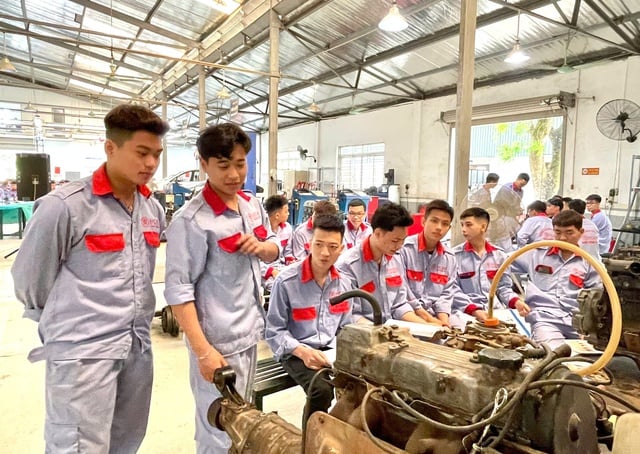
Public vocational education institutions will be arranged and organized in a streamlined, efficient, open, and flexible manner, creating opportunities for all people to access and enjoy vocational education services according to their lifelong learning needs.
Photo: My Quyen
REORGANIZING THE VOCATIONAL SCHOOL NETWORK
Faced with the reality that many vocational schools are having difficulty recruiting students, Dr. Pham Vu Quoc Binh, Deputy Director of the Department of Vocational Education and Continuing Education, Ministry of Education and Training, said that vocational schools need to improve quality, communicate strongly, change the way they approach learners, and change the curriculum to meet practical requirements...
Mr. Binh stated that one of the solutions being aimed at is to re-plan the vocational education network, according to the Prime Minister's decision in 2023. According to this plan, public vocational education institutions will be arranged and organized in a streamlined, efficient, open, and flexible manner, creating opportunities for all people to access and enjoy vocational education services according to their lifelong learning needs. At the same time, quality will be stratified, ensuring the scale, structure, and quality of training to meet the requirements of the labor market and international integration. Promoting socialization, creating favorable conditions for businesses, organizations, and individuals to invest in developing vocational education.
Specifically, by 2030 there will be 380 colleges and 390 secondary schools, including 260 colleges and 110 public secondary schools, 120 colleges and 280 non-public secondary schools. By the time the plan was approved, the country had 412 colleges and 435 secondary schools. Thus, by 2030 there will be a reduction of 32 colleges and 45 secondary schools.
According to Master Tran Phuong, re-planning the vocational education network and reducing public schools can create some opportunities for private schools to increase enrollment.
Master Phan Thi Le Thu also believes that in the coming time, when the vocational education network is re-planned and public schools are reduced, it will also be an opportunity to help non-public schools reduce competition in terms of tuition fees, enrollment, etc.
Key directions for vocational education
At the 2025 Enrollment Conference organized by the Ministry of Education and Training on May 16, Deputy Minister Hoang Minh Son gave key directions to improve efficiency, quality and fairness in vocational education (VET) and continuing education (CET) enrollment.
Unify and synchronize the work of recruiting for vocational education and continuing education. In the immediate future, institutions will continue to apply traditional recruitment methods, while studying the university recruitment model to proactively participate in the common system in the future.
Applying digital technology and social networks to effectively reach learners.
Training programs need to be reviewed and adjusted towards developing professional capacity, soft skills, and digital skills. Strengthen foreign language and information technology training; diversify training methods...
Recently, the Ministry of Education and Training also released a draft law amending and supplementing a number of articles of the Education Law. In this draft, the concept of secondary school will no longer exist but will be transformed into vocational secondary school, adding vocational secondary school as a level of education in the national education system. Vocational secondary schools will integrate vocational knowledge and high school program knowledge.
Experts also believe that if the law is enacted, there will be no distinction between high school and vocational high school. Vocational high school graduates and high school graduates will have the same level of education and equal rights in terms of opportunities for further education, employment and career development. This will contribute to promoting post-secondary education and vocational school enrollment will be more attractive.
Source: https://thanhnien.vn/nguon-tuyen-ngay-cang-it-tim-giai-phap-cho-truong-nghe-185250520190528481.htm


![[Photo] Scientific workshop "Building a socialist model associated with socialist people in Hai Phong city in the period of 2025-2030 and the following years"](https://vphoto.vietnam.vn/thumb/1200x675/vietnam/resource/IMAGE/2025/5/21/5098e06c813243b1bf5670f9dc20ad0a)


![[Photo] Prime Minister Pham Minh Chinh receives the President of Asia-Pacific region of PowerChina Group](https://vphoto.vietnam.vn/thumb/1200x675/vietnam/resource/IMAGE/2025/5/21/0f4f3c2f997b4fdaa44b60aaac103d91)
![[Photo] Prime Minister Pham Minh Chinh receives Rabbi Yoav Ben Tzur, Israeli Minister of Labor](https://vphoto.vietnam.vn/thumb/1200x675/vietnam/resource/IMAGE/2025/5/21/511bf6664512413ca5a275cbf3fb2f65)
![[Photo] Coming to Son La, let's "show off" with the Wallflowers](https://vphoto.vietnam.vn/thumb/1200x675/vietnam/resource/IMAGE/2025/5/21/627a654c41fc4e1a95f3e1c353d0426d)






























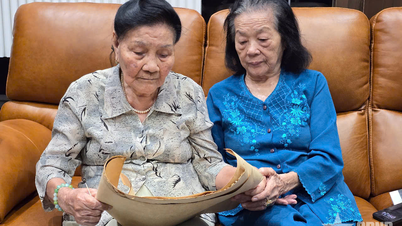














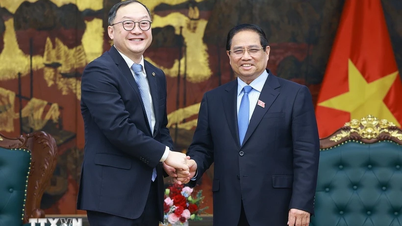


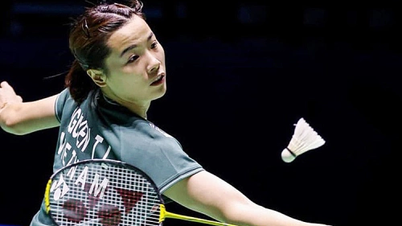
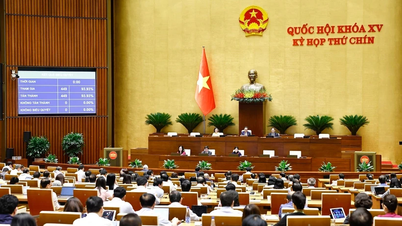


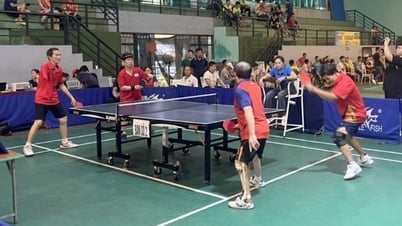


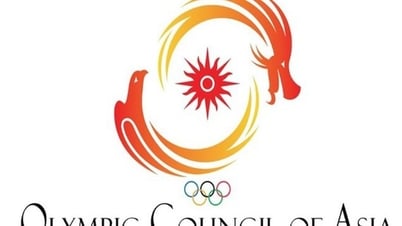























Comment (0)